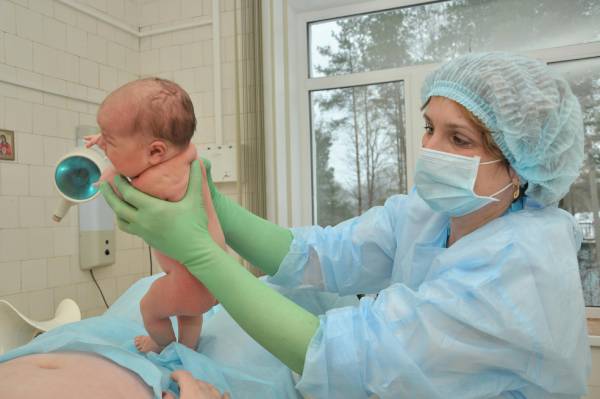Vaginal Birth After Caesarean Section
June 21, 2024

Are you considering a vaginal birth after caesarean section? Learn about the benefits and risks of VBAC, how to increase your chances of success, and what to discuss with your healthcare provider.
you hear “Vaginal Birth After Caesarean Section” (VBAC), does it spark curiosity or concern? Maybe a bit of both? You’re not alone. VBAC is a topic that’s gaining more attention as women seek options that align with their personal and health needs. Let’s break down what VBAC is, why it might be an option for you, and what to expect.
What Exactly is VBAC?
Simply put, VBAC stands for Vaginal Birth After Caesarean Section. It means giving birth vaginally after having had a previous delivery by C-section. For many, it’s a way to experience a more traditional birth and possibly a quicker recovery.
There are several reasons why women consider VBAC. Here are a few:
- Quicker Recovery: Vaginal births typically have shorter recovery times than C-sections.
- Less Scarring: Avoiding another C-section means less scar tissue in the abdomen.
- Future Pregnancies: Fewer C-sections can lower the risk of complications in future pregnancies.
- Personal Preference: Many women simply prefer the experience of vaginal birth.
Safety is the top concern for any expectant mother. The good news is, VABC can be quite safe for many women. However, it’s not for everyone. Your doctor will consider factors like:
- The type of incision used in your previous C-section.
- Your overall health and pregnancy history.
- The reason for your previous C-section.
Benefits of Vaginal Birth After Caesarean Section
Choosing VBAC can come with several benefits:
- Less Pain Post-Delivery: Vaginal births often result in less pain post-delivery compared to C-sections.
- Shorter Hospital Stay: You may be able to go home sooner.
- Lower Risk of Surgical Complications: Avoiding surgery means fewer risks like infections and blood clots.
Risks of VBAC
While VBAC has its perks, it’s essential to understand the risks:
- Uterine Rupture: Though rare, this serious complication can occur when the C-section scar on the uterus opens.
- Emergency C-Section: Some VBAC attempts end in an emergency C-section, which can carry more risks than a planned one.
What to Expect During a VBAC Attempt
If you and your doctor decide vaginal birth after caesarean section is right for you, here’s what you might expect:
- Close Monitoring: You’ll be closely monitored throughout labor to ensure everything is progressing safely.
- Preparedness for C-Section: The medical team will be ready to perform a C-section if necessary.
- Support Team: Having a supportive team, including a midwife or doula, can make a big difference.
Preparing for VBAC
Preparation is key for a successful VBAC:
- Educate Yourself: Read up on VBAC, attend classes, and talk to your healthcare provider.
- Stay Healthy: Keep up with prenatal care, eat well, and exercise as advised.
- Build Your Support Team: Surround yourself with supportive people, including family, friends, and medical professionals.
Questions to Ask Your Doctor
Here are some important questions to discuss with your doctor:
- Am I a good candidate for VBAC?
- What are the risks specific to my situation?
- How does your hospital handle VBACs?
- What is your success rate with VBAC?
Conclusion:
Vaginal birth after cesarean section is a viable option for many women, offering benefits like quicker recovery and a more natural birth experience. However, it’s crucial to weigh the risks and discuss them thoroughly with your healthcare provider. With the right preparation and support, VBAC can be a safe and rewarding choice.
So, are you considering a vaginal birth after a Caesarean section? If so, take the time to gather all the information, ask the right questions, and connect with others who’ve been through it. Your journey to VBAC starts with being informed and prepared.
Book Your Appointment: Book Now
Follow us on Social Media for Regular Updates

